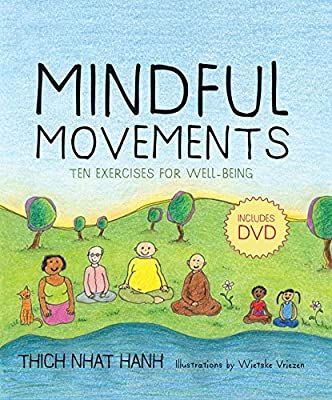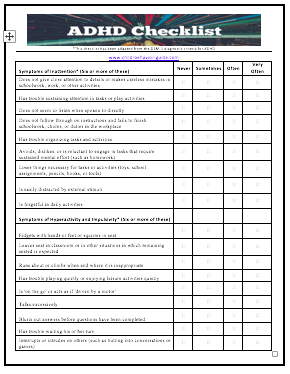Managing Stress with Mindful Movement
In our fast-paced and hectic world, stress has become an increasingly common experience for many people. Whether it’s due to work pressures, relationship issues, or financial concerns, stress can have a profound impact on our physical, mental, and emotional well-being. Luckily, there are various strategies we can employ to manage and reduce stress levels. One such approach is mindful movement.
What is Mindful Movement?
Mindful movement refers to the practice of incorporating mindfulness into physical activities. Unlike traditional workouts, which often focus solely on physical fitness, mindful movement aims to integrate the mind and body. It involves being fully present in the moment and paying attention to our body’s sensations, thoughts, and emotions while engaging in movement.
Benefits of Mindful Movement for Stress Management
Mindful movement offers a multitude of benefits when it comes to managing stress:
1. Stress Reduction
Engaging in mindful movement allows us to shift our focus away from stressors and gain a sense of calm and relaxation. By being fully present in the movements, we can release tension and let go of racing thoughts, providing relief from stress and anxiety.
2. Physical Well-being
Regular physical activity is known to have numerous benefits for our physical health. Mindful movement, with its emphasis on mindful attention to the body, not only helps us improve our fitness and flexibility but also alleviates physical symptoms of stress, such as muscle tension and headaches.
3. Emotional Regulation
Mindful movement cultivates self-awareness and emotional intelligence. By tuning into our emotions during physical activities, we can better understand and regulate our emotional states. This can lead to improved emotional well-being, increased resilience, and a greater capacity to cope with stressors.
4. Mind-Body Connection
One of the key aspects of mindful movement is strengthening the mind-body connection. By synchronizing our movements with our breath and paying attention to the sensations in our body, we can enhance our awareness of how stress manifests physically and mentally. This heightened mind-body connection allows us to make conscious choices to reduce stress and prevent it from accumulating.
Practicing Mindful Movement
There are various forms of mindful movement that can be practiced to manage stress. Some popular options include:
1. Yoga
Yoga is a holistic practice that combines physical postures, breathing exercises, and meditation. It focuses on aligning the body and mind, promoting relaxation, and reducing stress levels. Whether you prefer gentle Hatha yoga or more dynamic Vinyasa flow, incorporating yoga into your routine can help you manage stress effectively.
2. Tai Chi
Tai Chi is a Chinese martial art that emphasizes slow and flowing movements, deep breathing, and meditation. It is a graceful and low-impact practice that promotes relaxation and develops body awareness. Regular practice of Tai Chi can improve balance, reduce stress, and enhance overall well-being.
3. Pilates
Pilates is a form of exercise that focuses on building core strength, enhancing flexibility, and improving posture. It incorporates smooth and controlled movements along with mindful breathing techniques. This mindful approach to movement can help reduce stress and promote a sense of calm and well-being.
4. Walking Meditation
Walking meditation involves bringing mindfulness to the act of walking. Rather than rushing from one place to another, you deliberately pay attention to each step, your breathing, and the sensations in your body. It can be done indoors or outdoors and provides an opportunity to relieve stress while connecting with nature.
Tips for Incorporating Mindful Movement into Your Routine
If you’re interested in integrating mindful movement into your routine to manage stress, here are some tips to get started:
1. Start with small steps
Begin by allocating a few minutes each day to practice mindful movement. You can gradually increase the duration as you become more comfortable.
2. Choose activities you enjoy
Find activities that resonate with you and bring you joy. When you enjoy what you’re doing, it becomes easier to stay present and engaged.
3. Set a mindful intention
Before starting your mindful movement practice, set an intention to be fully present and attentive to your body, thoughts, and emotions.
4. Stay curious and non-judgmental
Approach your practice with a sense of curiosity and acceptance. Avoid self-criticism and judgment, and simply observe your experience without attachment.
5. Practice mindful breathing
Incorporate conscious breathing into your movements. Focus on the sensation of the breath entering and leaving your body to anchor yourself in the present moment.
6. Take it off the mat
Extend the principles of mindful movement into your everyday life. Be mindful of your body and breath during activities like cooking, cleaning, or simply walking.
Conclusion
When faced with the challenges of stress, incorporating mindful movement into our routine can be an effective way to manage and reduce stress levels. By practicing physical activities with a mindful and present mindset, we can cultivate a sense of calm, improve our overall well-being, and develop valuable skills for stress management. So, why not take the first step today?


